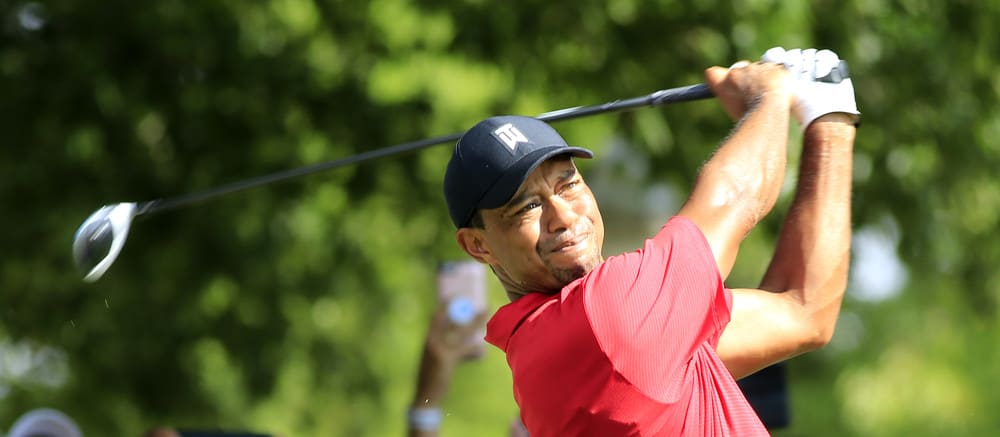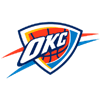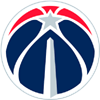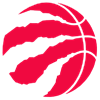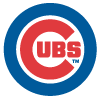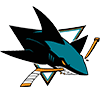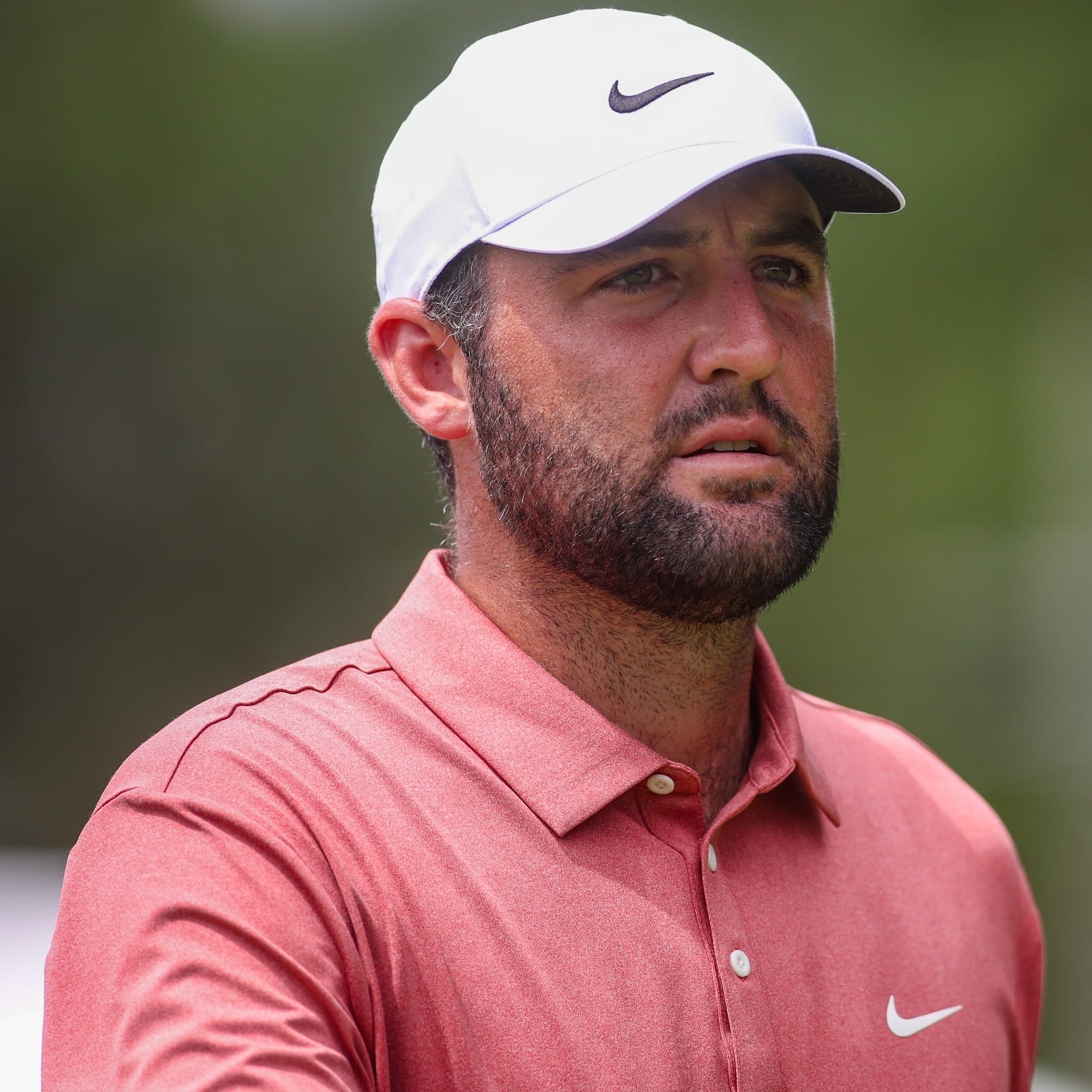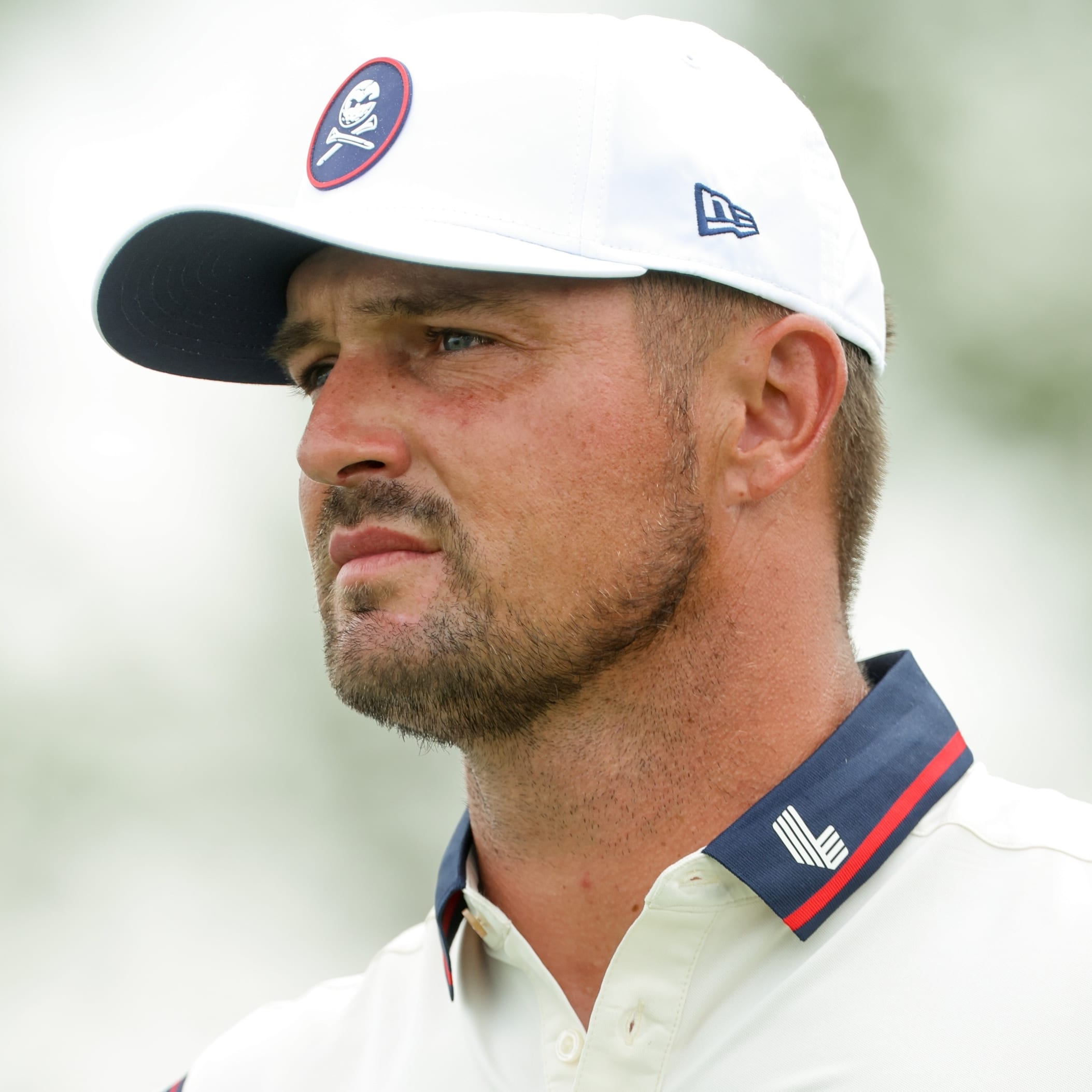Daily fantasy golf (DFS) offers us something really enticing that a season-long league cannot: No matter how bad your team is, there's always a fresh start next week. Heck, DraftKings And FanDuel even offer a fresh start after one lousy day. But there's something to be said for the year-long camaraderie of playing in a league with your buddies. You know, #OldSchool.
The RotoWire auction league is now early in its third decade — how cool it that?! — and some bold-faced names in the fantasy and sports media industries take part. Not everyone has been around since the beginning, but there's been a core for 10 years or so. There's a sentiment among them that this golf league – not their football, baseball or basketball — is the most fun of all. Sure, we're all golf fans. But the feeling is, it's a favorite because of the people who are in it.
Some of us do better than others. We have no Tiger Woods-circa-2000, but we sure do have a Smylie Kaufman or two. Really, the biggest difference is not knowledge, it's commitment. We all have lives and responsibilities (and other fantasy teams). Simply following golf on a daily basis is the best plan to succeed. Rule No. 1: Do your homework. Rule No. 2: Your homework is never done.
Before we get in Draft 101, as we do every year, we want to point out a potentially big change in strategy right at the top. This is the first season we will see the full effects of the PGA Tour's condensed season. This season, there will be 10 -- TEN! -- fall events, from the lid-lifting Greenbrier to the pre-Thanksgiving RSM Classic. In recent years, there were only seven events. So now roughly 25 percent of the season will take place before the winter break. There will be 41 tournaments in the 2019-20 regular season, including the two-man Zurich Classic but not including opposite-field events. We believe this will mean more top names will play in the fall events -- otherwise, they are simply giving away too many FedEx Cup points. Maybe the Brooks Koepkas of the world won't have to alter their schedules too much (though Koepka already announced that he has added the Shriners to his fall schedule), but a lot of guys will have to play more. This could minimize some lesser guys, such as Cameron Champ, who was the darling of the 2018 fall season only to get a reality check when facing stiff competition after the New Year. Of course, it's impossible to predict who will play and how often, but this might make you think twice about drafting one of the longer shots you were hoping could deliver in the fall.
Whether you are in a snake draft or an auction, a lot of the strategy overlaps. But not all. And, candidly, this isn't rocket science. A lot of it is basic stuff.
Here goes:
You Need a War Room
Pro teams have a draft board – so should you. Call it a cheat sheet, whatever. Make a list of guys you would like to have, knowing you will not get all of them or even most of them. Put them in order of importance to you. Look at the top-tier golfers – there aren't enough to go round. The RotoWire league has 14 teams with nine golfers each – 126 deep -- and $100 to buy them. You need at least $1 for every guy. There aren't anywhere close to 14 top-tier guys. It's possible to win without Koepka/Rory/DJ/Thomas/Rahm/Rose/Cantlay/Xander, but it sure helps to have a big guy anchor your roster, someone who has a chance to win every time out – including the majors.
Continuing down your draft board, look at different levels. Just like a pro team will try to figure who will be around in the third round, fourth round, etc., you do the same. You won't get all first- and second-rounders, but you better not be stuck with a bunch of fifth-rounders, either. Make a list of 10-12 guys at every level. How many levels? Depends how deep your draft goes.
Personally, my plan is to try to get one of the big names, then try for one big second-tier guy – that might be a Tommy Fleetwood, Patrick Reed or Paul Casey. That could use up maybe 75-80 percent of my budget. After that, I look for guys who play a lot, make a lot of cuts. Also, I'll try to take a flyer on a rookie. You'll probably have to take some risks to win. And get more than a little lucky.
Differing Strategies
In the RotoWire auction, some owners can't wait to start bidding and owning golfers, making a dent early in the draft. Others like to sit back and see what develops. There's no right or wrong. Just be aware how the draft is unfolding. It can switch gears pretty quickly. Which brings to our next point …
Changes Mid-Draft
If it's a snake draft, golfers go in order of how good they are. In an auction, good or even great players can go long after the start of the draft. A guy's value will change at various points in the draft, depending on who's been taken, how much money everyone has left and whom you've already drafted. So you need to be able to adjust your thinking. A guy's value on the course won't change, but his value during the draft will. Pay attention to that, it's very important. One thing we see year after year, if you sit back too long, that last big-name guy up for grabs can end up costing the most, just because he's the last one. Not everyone can get a big-name guy. And when everyone realizes there's only one left, the price gets jacked.
Know Your History, or You're History
You have to look at history, how a guy has done not only last year, but the past two. A guy could have an off year. His price surely would go down, but chances are you shouldn't dismiss him entirely. If a guy has two bad years in a row, well, then that could be a red flag. Which brings us to Jordan Spieth. He not only has had one terrible year, he had two. But he's still, in many minds, Jordan Spieth. It will be fascinating to see how much he goes for in the RotoWire auction. Last year, it was $50, a wild overpayment.
Straight Talk
Yes, the first thing to consider is a guy's results. But if you focus on guys with strong tee-to-green play -- ball striking, strokes gained: approach, strokes gained: tee to green, greens in regulation – they tend to do well over the long haul. You know how much easier it is when you find the fairway in your weekend game? Same thing for the pros (only 100-150 yards farther than for us).
Second-Tier Golfers
As you move past the top guys or even the very good guys, look at the number of top-10 cashes and whether they are qualified for the majors and WGCs. The RotoWire league puts a premium on majors, with a bonus paid out for winning one. No-cut WGCs are guaranteed money. In the RotoWire league, we can start up to five guys every week. It sucks to have only four, or even three, in the field.
Puncher's Chance
At the bottom, look for cuts made and guys who play a lot. See where a guy sits on the PGA Tour's priority rankings list. The higher up he is, the less chance of getting squeezed out of the smaller invitational fields. The guys who play the most are generally the worst guys (except for the really bad guys who simply can't get into tournaments). As mentioned, we start five every week in the RotoWire league. You don't want to be caught too short too many times. San Antonio or Detroit, for example, may not have the best fields, but if your lesser guys are playing, they have a puncher's chance to claim a high finish. Every season on the PGA Tour, a bunch of punches connect. Just ask Kevin Tway, Adam Long, Martin Trainer, Keith Mitchell, Corey Conners, C.T. Pan, Max Homa, Sung Kang, Nate Lashley, Dylan Frittelli, Jim Herman and J.T. Poston. They all won tournaments in 2018-19 (yes, all TWELVE of them really did).
"Sophomore" Jinx
A guy who enjoys his breakthrough season very often takes a step back the next year, or he might even take a step back immediately after a win. The money/fame/etc. is life-altering. The bigger the success and the younger the guy, the more likely this could happen. We're not talking just rookies, but it's more likely with them. In 2016-17, rookie Mackenzie Hughes had a great season. He won a tournament and had nine top-25s. He finished 36th on the money list. If you drafted him for 2017-18 based on that -- and he was taken in the RotoWire auction -- you got hosed. He had one top-10 and was outside the top-150 on the points list. In 2017-18, second-year player Patton Kizzire won twice and had two more top-10s by the second week in January. The rest of the year he didn't earn bus fare. Also in 2017-18, rookie Beau Hossler had five top-10s, including two runners-up, to finish 46th in the point standings. This past season, he cratered to 145th. There's no way to really predict this sort of thing, just have it in the back of your head somewhere.
Rookies/Korn Ferry Guys
Here are some of the guys who were in the top-5 of the Korn Ferry Tour regular season since it went to its current format in 2014: Justin Thomas, Adam Hadwin, Sungjae Im, Abraham Ancer. Only Thomas has gone on to stardom, but the other three have been fine additions to fantasy lineups. We all look for guys coming up from the secondary tour. But there's a reason they were in the minors and not the majors. The stars are few and far between. Chesson Hadley won the Korn Ferry regular-season title three years ago. That was the same Chesson Hadley who was on the PGA Tour and lost his card. The point is, take a gamble on these guys. Hadley paid off – for half a season. Don't overpay. And it's not terrible if you don't get one. There aren't enough good KFers ones to go around.
Euros/Internationals
More and more, they are playing stateside. Many are now PGA Tour members while others come just for the big events. In the RotoWire league, we used to stash a Euro just for the majors and WGCs. With more guys playing here full-time, that strategy is antiquated. Almost all of them play a full slate on the PGA Tour, though perhaps not quite as many events because they want to maintain a commitment to and membership on the European Tour.
Let's Talk About the Tiger in the Room
Yeah, we couldn't finish this off without mentioning you-know-who. Two years ago, Tiger Woods went for $7 in the RotoWire league. A measly 7 bucks for one of the 20 or so best golfers that season. He won the Tour Championship. Last season, he went for $30. He won the Masters, which of course was huge. But he did little else and hardly played. Plus he had another arthroscopic surgery on his left knee right after the season. Was he worth the $30 – well, we have a majors bonus in the RotoWire league, so probably. If not, you'd have gotten screwed. The point is: The interest in Woods is always out of whack. It's the Tiger-Effect. We get it. It's fun (for most of us) to root for Tiger, and it's even better if he's helping you win your league. Just be mindful of that.
Head, Not Heart
We touched on it just above. Try to keep emotions out of it. Don't simply green-light a guy who did wonderful things for you last year. I have learned to hate just about every guy on Tour -- hate is the wrong word, but you get the idea. In fact, if a guy did well for me last year, I think there's no way he can do it again. (Hmm, if you don't like the guys who didn't do well for you and the guys who did do well for you, well, that's a problem, seek counseling). The broader point is, don't pick a guy because you like him, or because you went to the same school, or because he has an awesome Instagram account. Never ends well.
Final Thought
Lastly, keep your wits about you during the draft. Stop. Focus. Breathe. It's easy to get caught up in the fast pace. It's easy to get pissed off if a guy you wanted went one pick before you, or went for more than you could pay. It's like real golf: You can only play one shot at a time. You can only play the next shot. Make sure it's right down the middle.
This article appears in RotoWire's 2019-20 Fantasy Golf Draft Kit.


